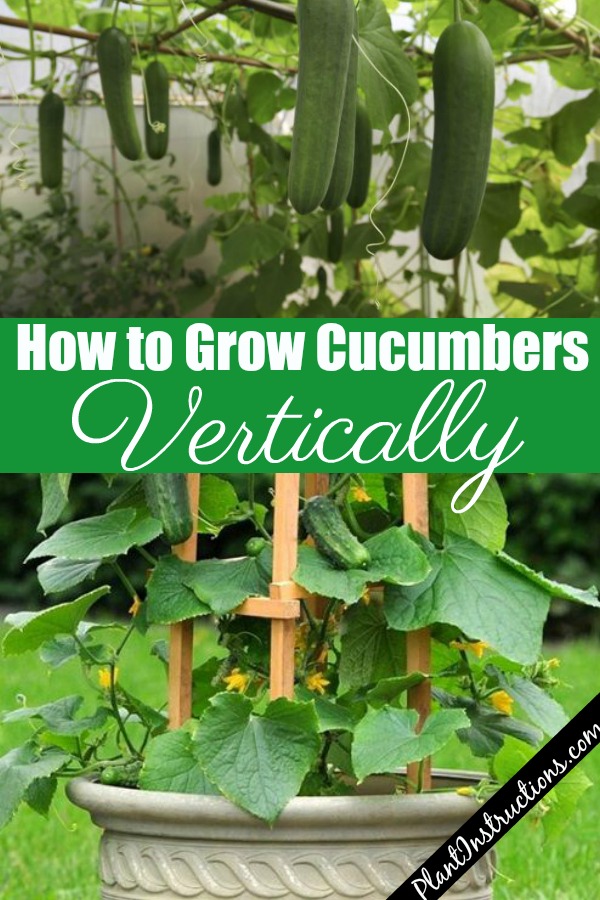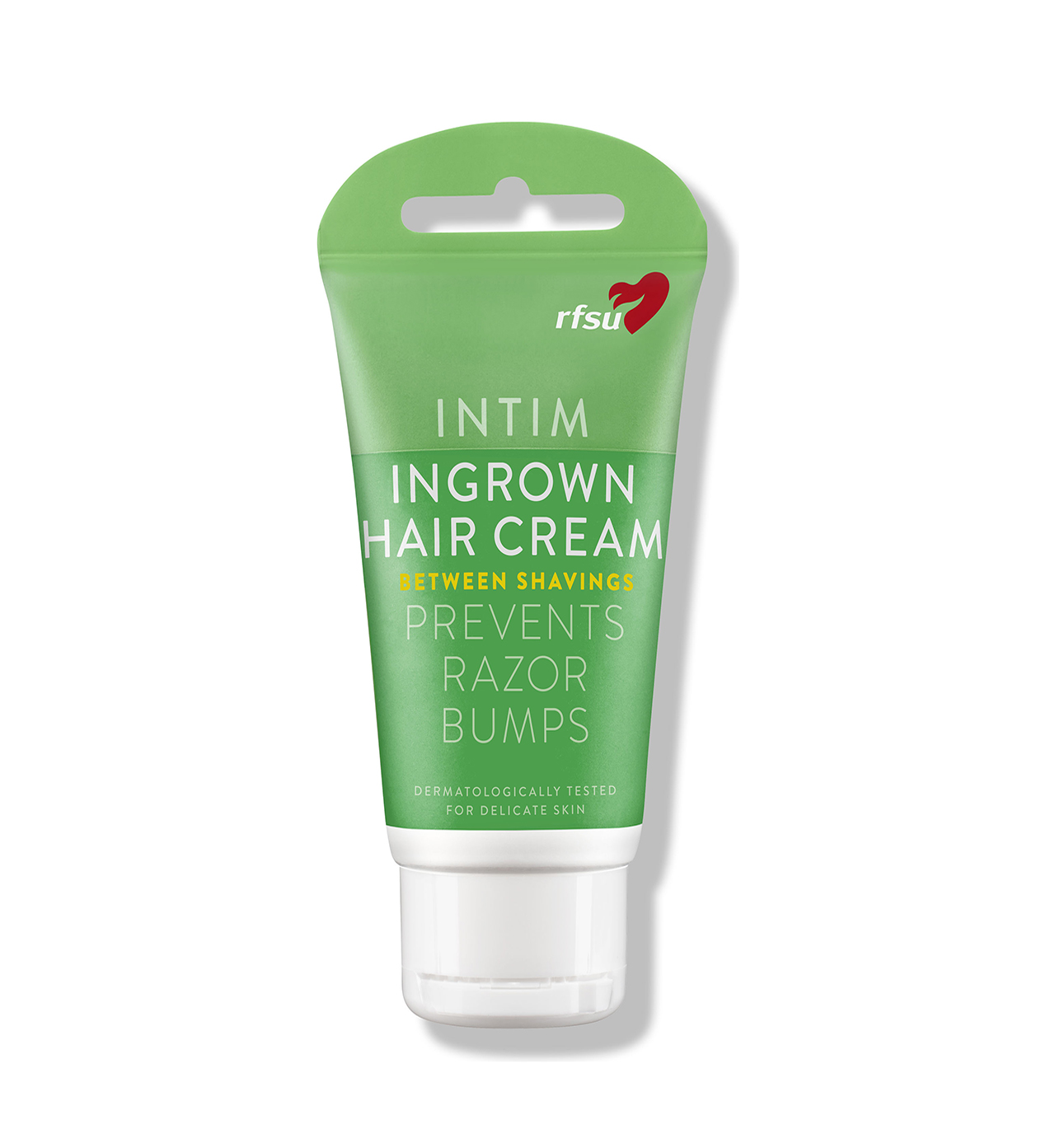Table of Content
Taking care of houseplants and gardening are my greatest passions. I am transforming my apartment into an urban jungle and am growing veggies in my indoor and outdoor garden year-round. In some regions, corn salad, also known as locusta, grows in full to partial sunlight and requires around forty to seventy days to mature. The ideal growing zones for collards are 2 to 11, and they require about eight to ninety days to mature before being ready to harvest.

You can freeze zucchinis or bake them into bread, slice them into strips for pasta, grate them for fritters, or chop them into vegetable chili. They’re also delicious when you know how to roast vegetables until they’re crispy and caramelized. Moreover, you can add time-release fertilizer to the soil along with some perlite. You should mulch the plant using wood chips or newspapers for the best results.
Easiest vegetables to grow at home
Prepare the soil by removing weeds and adding well-rotted compost or manure, and rake level. To grow beets, plant seeds direct in a sunny position, as the young plants do not like to be transplanted. Sow seeds half an inch deep, around 1-2 inches apart in rows around a foot apart. Fresh, homegrown tomatoes are the reason many people get into vegetable gardening in the first place. They have a reputation for being fussy, but if you know what to watch out for, growing tomatoes is generally hassle-free. Most importantly, tomatoes always grow best in warm to hot weather, and unexpected cold spells can do real damage.

When the mixture is right, when you squeeze it, it sticks together but breaks easily when disturbed. The water will remain large enough and still will not saturate the soil. Chillies grow well in containers on a window sill or in a warm, sunny position outside. They have similar growing requirements to bush tomatoes and will continue to crop until the first frosts in autumn. Japanese leafy crops such as mizuna and mibuna and Chinese mustard can be grown as cut-and-come-again leaves. They require little attention and will provide you with a variety of flavours, colours and textures to enjoy in stir fries and salads.
end-of-summer veggies to grow at home
‘Lettuce, beans, cucumber, squash, radish, peas, pumpkins, arugula and okra would be what Id consider the easiest. Like Carrots and other root crops, Radishes require little water, sunlight, and even pest care. This makes it great for full-sun and partial-sun garden areas. It is very simple since they grow best in a dark moist environment can be grown by almost anyone in any place. Its harvests are usually 4 to 5 weeks from start to plate so growing. A little tender loving care will help your vegetable plants grow big and strong, and they’ll reward you with a bountiful harvest.

Simply sow the seeds outdoors about 1/2 to one inch deep while the weather is still cool. Wait ten days and plant again for a continuous crop until the summer heat arrives, or sow more radishes when the temperatures drop in fall. They’ll thrive in a sunny spot that has loose soil amended with organic matter. Thin the seedlings to two inches apart so their roots won’t be crowded, and keep the plants evenly moist.
Choose carrots for crunch
Additionally, sage is a very versatile herb that can be used in various dishes and has numerous health benefits. Prolific is possibly the best word to describe summer squash. Although the plants can hog a lot of space, just a single plant will give you an ample harvest. There's a good reason we have a National Sneak Some Zucchini Onto Your Neighbor's Porch Day!

Choose a site in full sun and plant each individual clove of garlic into the soil at a 1-inch depth. We know that onions are a staple ingredient in most dishes, but garlic is not far behind. And, as with onions, growing your own garlic at home is another great way to save money on your weekly grocery bill. This is the most popular method of growing onions as onions sets give a higher yield over a smaller space. You have two sowing options with onions – sets and seeds. An onion set is essentially an onion that has sprouted.
How to grow vegetables – beginner veg to grow
The bane of many a childhood, Brussels sprouts get a bad rap mostly due to overcooking. This sweet and tender vegetable can be grown in nearly any home garden with ample sunlight. They have a relatively long growing season, with some varieties taking up to 130 days to reach maturity. However, they only tolerate a few days of freezing weather, so be sure to harvest them promptly.

Or maybe the first flakes of snow just fell but youre not quite ready to put away your gardening gloves yet. Evaluate your growing conditions and sow another batch of seeds under different conditions. Use a different compost, give the seeds trays some more light, and either reduce or increase your watering.
Broccoli is a cool-weather plant that grows best in spring and fall. It can be planted in early spring for a summer harvest, or in late summer to be harvested in fall. To avoid frost, broccoli can also be grown indoors and transferred to the garden when temperatures rise. For best results in a container, grow one broccoli plant per pot.
Mint is also incredibly easy to care for but you’ll need some patience if you want to grow it from seed as it can take a while to establish. For this reason, you may want to get a ready-grown plant instead. Sow your basil seeds in the same way as salad leaves or radishes; scatter across the surface of some soil, cover with a thin coating of compost, and water them. Garlic is incredibly easy to grow, and each single clove of garlic will grow into an entire bulb!
The expensive long and thin carrots you see in the supermarket are tough to plant in particular because they take months to mature. This plant needs loamy soil, and the USDA growing zones are 3 to 10, which makes it a pretty convenient plant to have in your vegetable garden. Secondly, seeds offer much more variety than transplanted plants ever will.

No comments:
Post a Comment